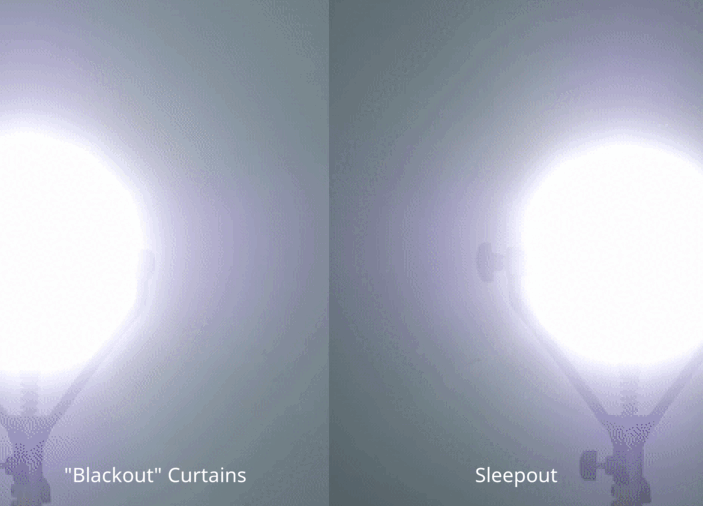Ensuring the safety and comfort of a baby during sleep is a top priority for parents. One of the challenges they commonly face is preventing their infants from rolling over, which can increase the risk of sudden infant death syndrome (SIDS) before the baby is capable of rolling back. To mitigate this concern, there are several effective strategies parents can implement to keep their babies secure and reduce the risk of rolling over at inappropriate times during sleep.
Establish a Safe Sleep Environment
Creating a safe sleep environment is the cornerstone of preventing babies from rolling over in a dangerous manner. Ensure that the baby’s crib, bassinet, or sleep area follows the safest standards. It should be free from loose bedding, pillows, plush toys, and bumpers. Use a firm mattress with a fitted sheet that is appropriate for the baby’s size and weight. This firm base will not only ensure safety but also discourage improper rolling.
Positioning Your Baby
The American Academy of Pediatrics advises that babies should be laid down on their backs to sleep — never on their stomachs or sides. This position has been shown to significantly reduce the risk of SIDS. Back sleeping keeps the airways open and makes it less likely for the baby to roll over. Keep in mind, however, as babies grow and become more mobile, they naturally begin to roll over as part of their development.
Swaddling
Swaddling is a time-tested method used by countless generations to soothe and prevent infants from rolling over. By wrapping your baby in a lightweight blanket, swaddling can mimic the coziness of the womb and prevent startle reflex, which often leads babies to wake up or flip over. Be sure to swaddle correctly — the swaddle should be snug but not too tight, allowing room for the baby’s legs to move freely. Importantly, stop swaddling once the baby shows signs of being able to roll over on their own, to prevent the risk of suffocation.
Consider a Sleep Sack
As an alternative to blankets, which can cover a baby’s face and increase the risk of SIDS, parents might opt for a baby sleep sack. A sleep sack is essentially a wearable blanket that keeps your baby warm without covering the face or interfering with breathing. Many sleep sacks are also designed to restrict mobility just enough to prevent rolling over during sleep, making them a safer option for active sleepers.
Use of Positioning Devices
While the use of positioning products like wedges or sleep positioners is generally discouraged due to safety concerns, there are other safer devices that might help. It’s crucial to consult a pediatrician before introducing any new sleep accessory designed to affect your baby’s sleep positioning.
Maintain a Routine
Babies thrive on routine, and a consistent bedtime routine can significantly improve sleep quality and safety. A soothing routine before bed, such as bathing, reading, or gentle rocking, can signal to your baby that it’s time to sleep and help them settle more easily on their backs without restlessness and risky rolling.
Monitor Baby Movements
Even with all precautions, watching over your baby remains essential. Baby monitors can be especially helpful once your child starts showing signs of rolling. Video and movement-sensitive monitors can alert you if your baby has rolled over into a precarious position, allowing you to respond swiftly if necessary.
Environmental Comfort
The comfort level of the room can also affect how your baby sleeps and moves. Maintain a comfortable room temperature and consider blackout curtains to create an ideal sleep environment that minimizes sleep disruptions. Sleepout Home Blackout Curtains can be particularly effective in blocking out stimulative light, ensuring your baby gets a restful night's sleep.

Summary
Taking proactive steps to prevent your baby from rolling over during sleep will help ensure their safety and allow you to rest more easily as well. Always adhere to the safest sleep practices, be vigilant, and maintain an environment conducive to safe sleep. With the right approach, you can significantly minimize the risks associated with babies' sleep and ensure they grow and develop safely and healthily.


